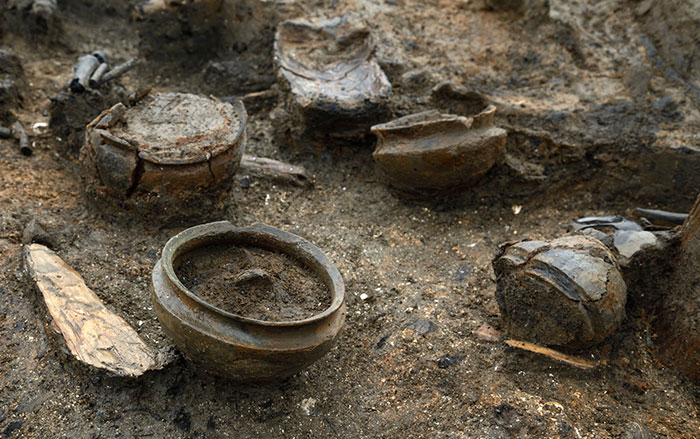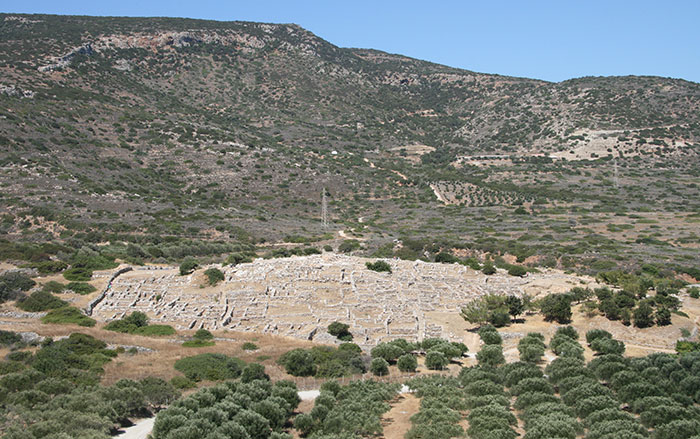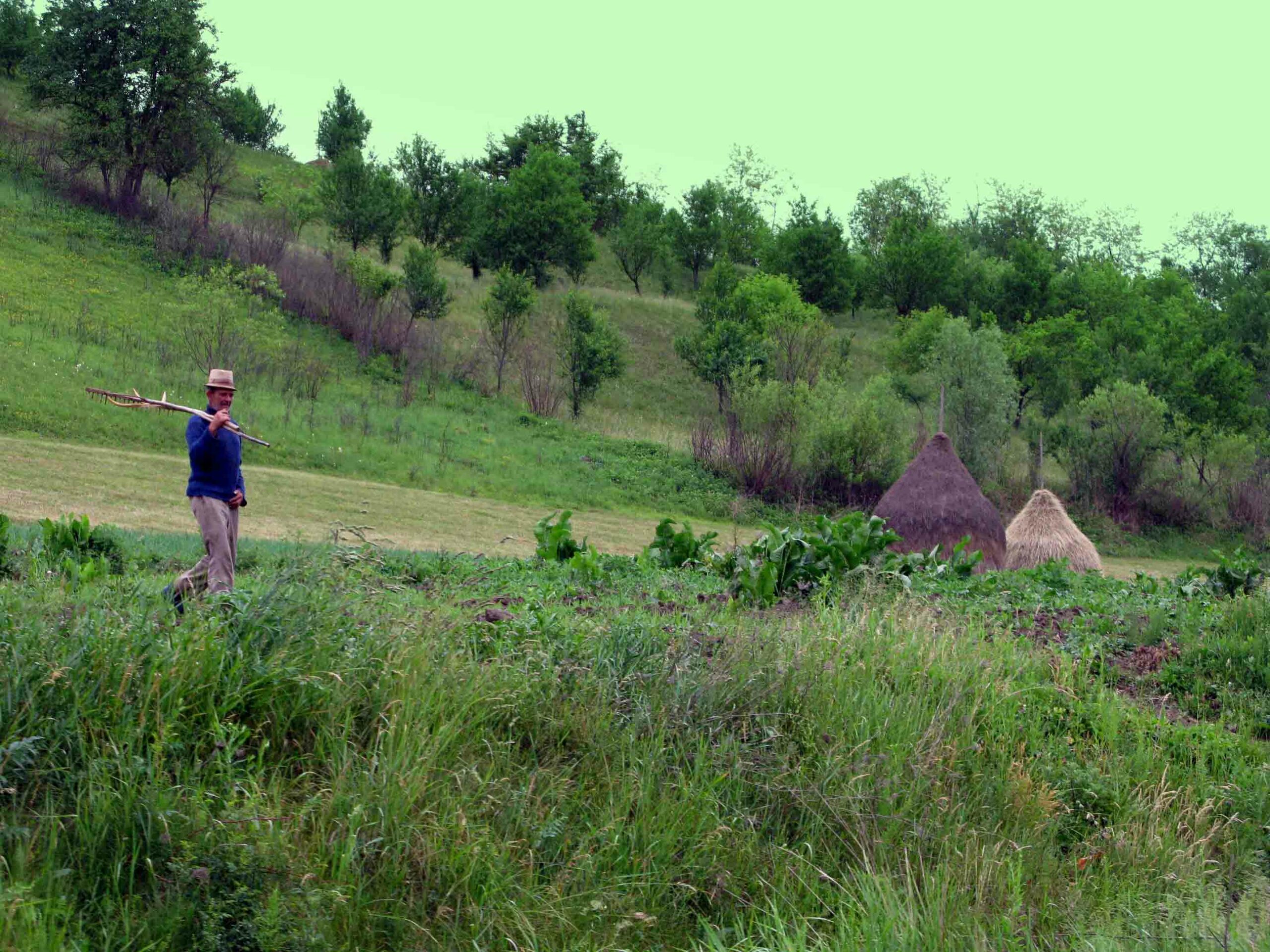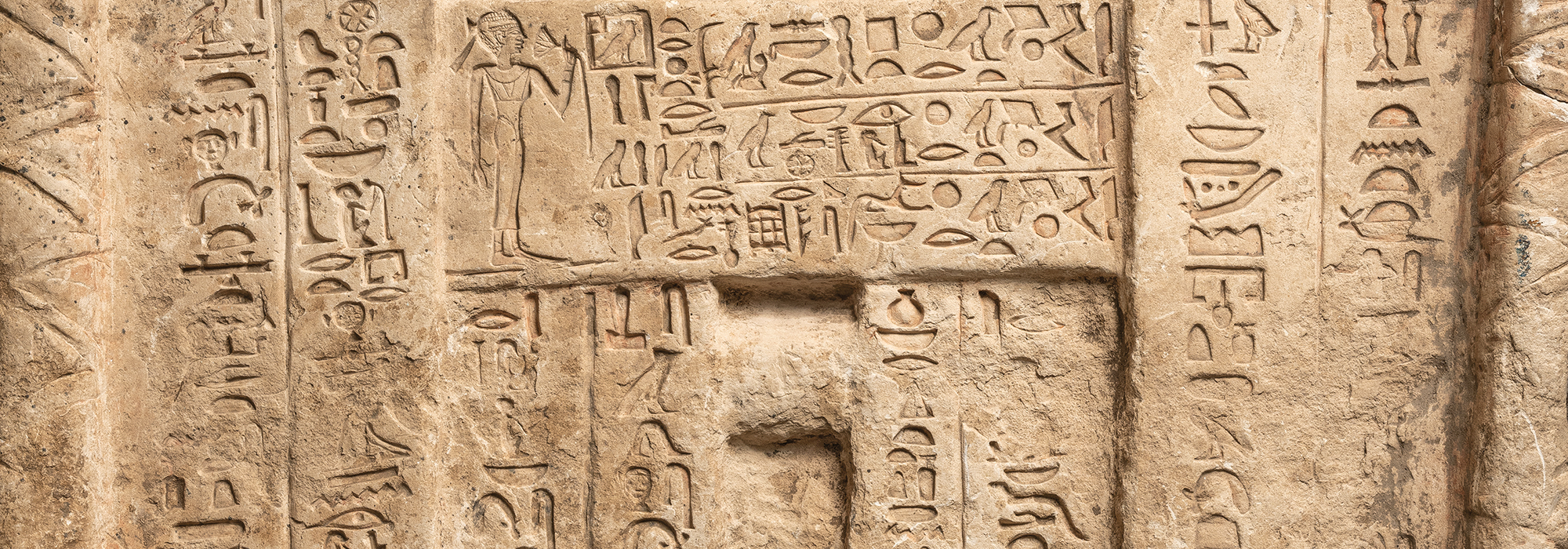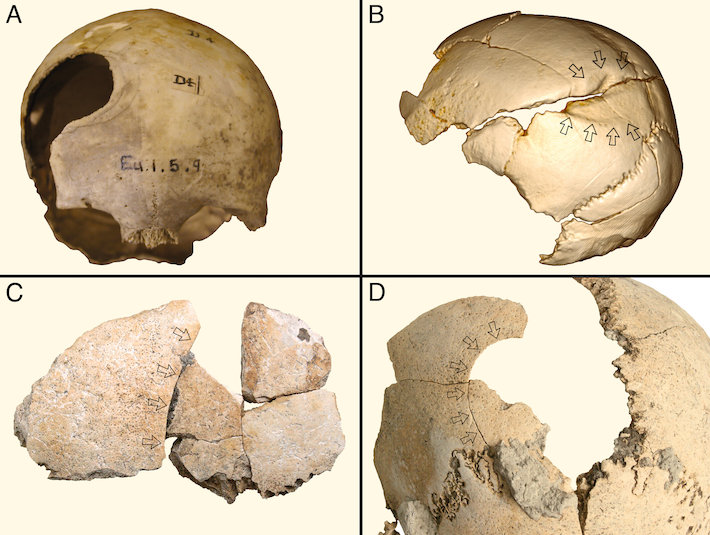
EDINBURGH, SCOTLAND—According to a statement released by the University of Edinburgh, about one in 10 of the known skeletons from northwestern Europe’s early farming communities shows signs of injuries inflicted by weapons. These injuries include blows to the head from blunt instruments or stone axes and penetrative injuries perhaps inflicted by arrows. Some of the injured were buried in mass graves, perhaps after the destruction of entire communities. The researchers reached these conclusions after examining more than 2,300 skeletons from some 180 archaeological sites dated between 4,000 and 8,000 years ago in Denmark, France, Germany, Great Britain, Spain, and Sweden. Read the original scholarly article about this research in Proceedings of the National Academy of Sciences of the United States of America. To read about weapons throughout history, go to "Weapons of the Ancient World."


